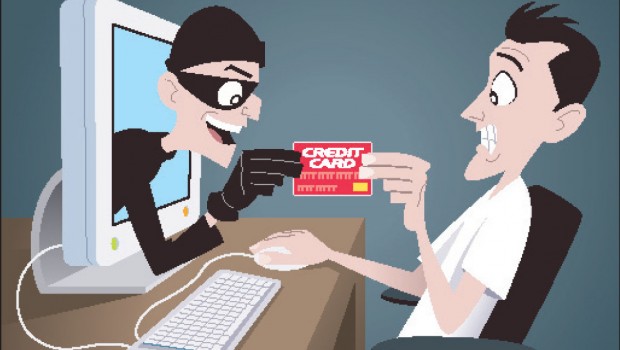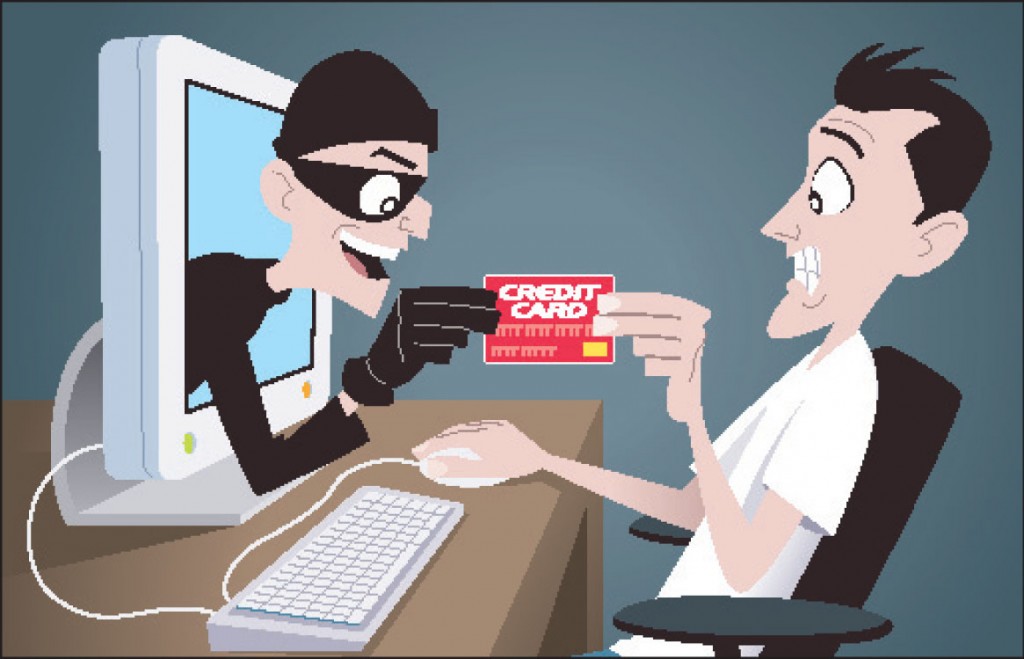Identity Theft: Don’t Let It Happen to You or Your Customers
If you run a business that depends on a website, you already realize that maintaining a healthy website is a full-time job. If your website handles secure information like customer credit card numbers, email addresses, and passwords, you will need to be especially certain that you have a safe and secure website that your customers can trust. These days, there are a multiple ways that hackers can steal one’s personal information, so be sure you are taking every preventative measure you can.
Take Precautions
For anyone who chooses to have any kind of customer interaction with a website, there are a few basic guidelines everyone should follow:
- Always double check the URL of any website you visit. There are sometimes imposter websites that will try to infiltrate a popular system to steal passwords and usernames. If, for example, you are trying to interact with the IRS, make sure you are looking at a .gov address. If for any reason you are unsure, call the organization to verify the URL you are seeing.
- Never give out your social security number unless necessary, such as when paying your taxes online. Whenever your social security number is requested, find out what it is going to be used for.
- Use different passwords and usernames for different websites. If you have trouble remembering, record everything on paper somewhere safe (it will be much less safe if stored somewhere on your computer, for example in a spreadsheet) or use a verified single-password app.
- Use malware removal software to protect you from any potentially harmful attacks. Your software should be scanning your computer regularly, but you should not ignore notifications, and if you see anything strange, run a manual check and remove anything suspicious.
- Make a regular habit of clearing the cache and cookies on your web browser.
- Choose secure passwords and usernames. As a rule, passwords should not be dictionary words and should include capital and lowercase letters as well as numbers and/or symbols. Passwords should generally be over eight characters long.
- Use private mode and/or a browser like Tor for best security and privacy.
Build a Strong Website
If you are currently in the development stage of your website, you should still actively make security a priority. Start by choosing a developer you can trust. Seek a professional referral and request work samples and references for any developers you vet. If, at any point, you are unsure about your developer, it’s okay to hire someone new.
As you get started with your developer, make sure that you have a clear system for how you will handle your questions and concerns. Discuss in advance how you will handle long-term problems. If problems arise and your website is facing an attack, who will be your support? Will this developer be available for long-term regular support or emergency support as needed?
You should also be certain that you are using secure hosting for your website. You can pay to have a server hosted at a colocation center or you can go through a company that will host your website for you. The amount of access you want to your server will depend on the amount of customization you need for your website. For most small businesses who do not need much complexity in their website, it is fine to use remote hosting. If you anticipate the need for ongoing hands-on management, it will make more sense to get your own server that is securely hosted as long as you have a full-time employee that can handle problems with your server. Unless you have an extremely safe and secured location, you will not want to host your own server.
Make sure your website requires very secure usernames and passwords. Have requirements for password length and character type to enforce a certain measure of security. Include a security reader so the customers can see how secure their passwords are.
Finally, and most importantly, make a daily habit of monitoring the health of your website. Manually check your website and regularly check it through programs like Google Webmaster Tools. The best way to minimize damage is to catch problems quickly and to address them right away. This will allow you to prevent damage to your customers, which will ensure they have a good experience and keep visiting your site in the future.
















